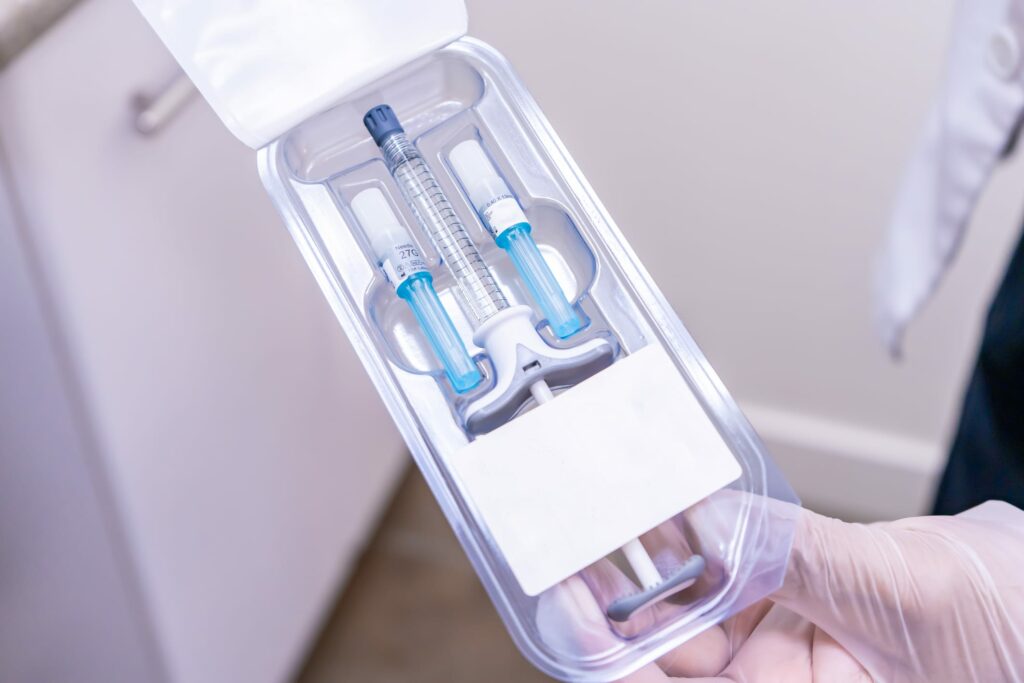Biodegradable fillers offer reversible results and fewer long-term risks, while permanent fillers provide lasting enhancements but with increased potential for complications.
As the demand for non-surgical cosmetic procedures grows, so does the interest in understanding the differences between biodegradable and permanent fillers. This article delves into a comparative analysis of these two types of fillers, focusing on their efficacy, safety, and patient satisfaction to provide a comprehensive view for medical professionals considering their use.
Efficacy of Biodegradable vs. Permanent Fillers
Biodegradable fillers, primarily composed of substances like hyaluronic acid, collagen, and poly-L-lactic acid, are designed to be absorbed by the body over time. These fillers are favored for their natural-looking results and are primarily used to address wrinkles, lines, and facial volume loss. Their temporary nature allows practitioners to adjust treatments as the patient’s facial anatomy changes due to aging, ensuring a more tailored approach to aesthetic enhancement.

In contrast, permanent fillers, which include materials like polymethylmethacrylate, offer a long-lasting solution. They are often used in deeper lines and areas requiring substantial volume enhancement. The permanence of these fillers means that less frequent touch-ups are required, making them appealing for patients seeking lasting results.
Safety Considerations
The safety profile of injectables is a paramount concern. Biodegradable fillers are generally considered safer due to their temporary nature. The body’s ability to eventually metabolize these substances can reduce the risk of long-term complications. Common side effects are typically mild and transient, including redness, swelling, and bruising at the injection site.
Permanent fillers, while safe when used correctly, pose a higher risk of complications such as infection, migration, and granuloma formation. Once injected, these substances remain in the body indefinitely, which can complicate removal should issues arise. Thus, the choice of a permanent filler requires careful consideration of the patient’s medical history and long-term aesthetic goals.
Patient Satisfaction and Preferences
Patient satisfaction is influenced by several factors, including the longevity of results, maintenance requirements, and the natural feel of the treated areas. Biodegradable fillers often lead to high satisfaction rates due to their ability to provide subtle and natural enhancements. Additionally, the temporary nature of these fillers allows for adjustments over time, aligning with the patient’s evolving aesthetic preferences.
Conversely, the allure of permanent fillers lies in their durability. Patients opting for these treatments are usually prepared to commit to a long-term result, which can be particularly beneficial for areas that do not change dramatically over time, such as the cheeks or jawline. However, the irreversible nature of these fillers can be a double-edged sword, as any dissatisfaction with the results can lead to significant distress and complex corrective procedures.
Photo 145548784 © Artiemedvedev | Dreamstime.com



